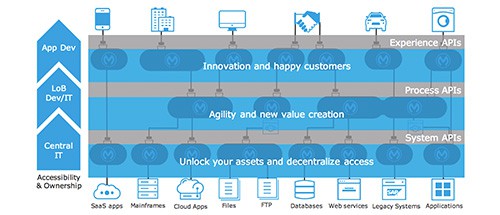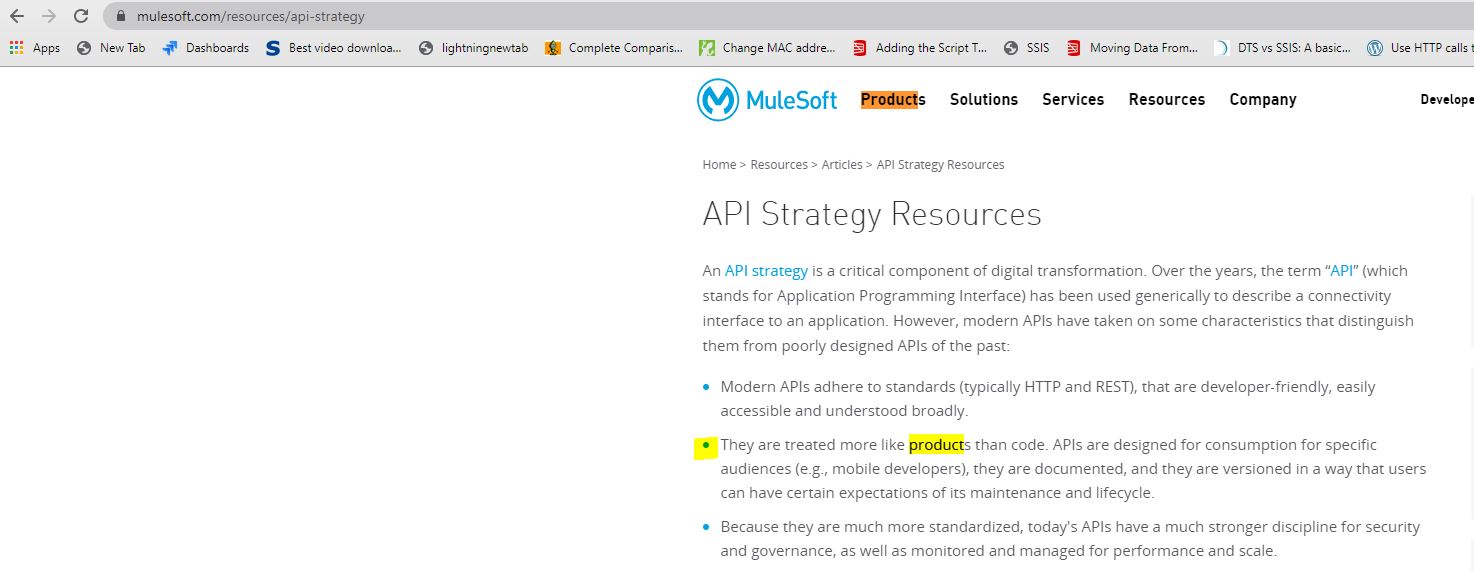MuleSoft MCPA-Level-1 - MuleSoft Certified Platform Architect - Level 1
What are the major benefits of MuleSoft proposed IT Operating Model?
To minimize operation costs, a customer wants to use a CloudHub 1.0 solution. The customer's requirements are:
* Separate resources with two Business groups
* High-availability (HA) for all APIs
* Route traffic via Dedicated load balancer (DLBs)
* Separate environments into production and non-production
Which solution meets the customer's needs?
Which statement is true about Spike Control policy and Rate Limiting policy?
An API experiences a high rate of client requests (TPS) vwth small message paytoads. How can usage limits be imposed on the API based on the type of client application?
A Mule 4 API has been deployed to CloudHub and a Basic Authentication - Simple policy has been applied to all API methods and resources. However, the API is still accessible
by clients without using authentication.
How is this possible?
An API is protected with a Client ID Enforcement policy and uses the default configuration. Access is requested for the client application to the API, and an approved
contract now exists between the client application and the API
How can a consumer of this API avoid a 401 error "Unauthorized or invalid client application credentials"?
When designing an upstream API and its implementation, the development team has been advised to NOT set timeouts when invoking a downstream API, because that downstream API has no SLA that can be relied upon. This is the only downstream API dependency of that upstream API.
Assume the downstream API runs uninterrupted without crashing. What is the impact of this advice?
A new upstream API Is being designed to offer an SLA of 500 ms median and 800 ms maximum (99th percentile) response time. The corresponding API implementation needs to sequentially invoke 3 downstream APIs of very similar complexity.
The first of these downstream APIs offers the following SLA for its response time: median: 100 ms, 80th percentile: 500 ms, 95th percentile: 1000 ms.
If possible, how can a timeout be set in the upstream API for the invocation of the first downstream API to meet the new upstream API's desired SLA?
Select the correct Owner-Layer combinations from below options
An organization makes a strategic decision to move towards an IT operating model that emphasizes consumption of reusable IT assets using modern APIs (as defined by MuleSoft).
What best describes each modern API in relation to this new IT operating model?





